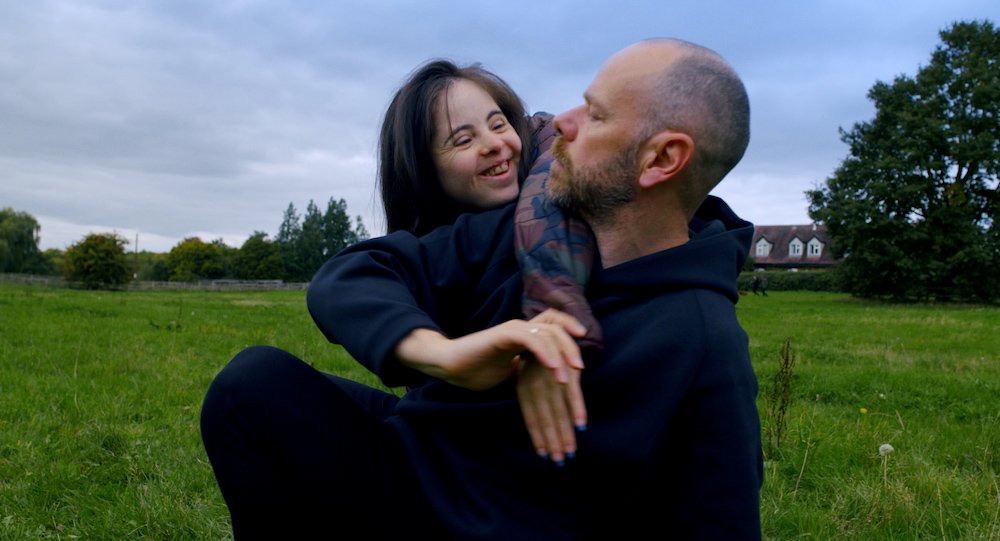Dance on film can be problematic. Just ask a filmmaker. “Even when you watch the most admired dance films, they don’t have that same sense of visceral and kinaesthetic connection you get when you watch it in a live experience,” Melbourne based director Rhys Graham declares. “In a theatre, you can be 20 metres away from the dancers and yet somehow you feel a much stronger physical connection than you can filming in close-up.”
As he prepares to welcome his documentary, Rewards for the Tribe, to his hometown’s premier screen event, the Melbourne International Film Festival, Graham reflects on the mechanisms of transitioning dance from three to two dimensions. “What I’ve always tried to do is to film dance as if you were kind of filming fiction,” he expands. “It’s about a sense of human emotion and connection on screen; and so we choose our shots in that way. How can we get close to the interior experience of this character?”

For Graham and his team, the ‘characters’ were the willing creatives of two of Australia’s best recognised companies, Chunky Move and Restless Dance Theatre. Piloted by Chunky AD Antony Hamilton, Rewards for the Tribe was created across the Covid-effected years of 2021/22, before premiering at that year’s Rising event in Melbourne.
Of his involvement, Graham recalls, “Chunky Move were at the beginning of making a work with Restless, and I had a chat with Antony [Hamilton] and I saw that they were still searching for the meaning of what it might be; and there were so many big and unusual ideas that were all kind of colliding.”
For both film and dance makers, the timing was right. “I was looking for a film where I could be challenged, where I didn’t really know what it would be.”
This then led to a more fluid and intuitive approach. Neither dancers nor director wanted it to be yet another “creative process film.” Thus, it is less ‘about’ the dance work, focusing more on its human content, its more internal psychological and emotional processes.
“Once everything was in place, it was then a process of spending 18 months filming on and off, here in Melbourne, over in the UK, in Adelaide; you know, just gathering the elements we needed in order to tell a story.”

To that, Graham soon adds, “Sometimes it’s just intuitive. Like, when you’re watching a dancer, where does your eye go? Where does your breath quicken? What exhilarates you?”
Somewhere between choreography and videography, there was bound to be a meet-point. “Rewards Of The Tribe is unique in a way because one of the things they were strong on at the start of the process was how to work against ideas of perfection,” Graham reveals. “So, one of the things they would do was to put objects into the space, unreliable forms that would buckle and crumble, or things that would interrupt and disrupt the usual ‘perfection’ of dance.”
As filmmakers, Graham and cinematographer James Wright ran in parallel, consciously restricting themselves. “We would give ourselves obstructions and interruptions. For example, one day everything we do we put on a dolly and only do circling motions. Then, the next day, we shoot everything with the tripod at a certain height, with a 24mm lens. Another day, we strap cameras to all the dancers’ bodies.”
All of which was predicated on capturing the deeper strands of both process (development and rehearsal) and outcome (performance). “We had to find a way to get that human connection but without that kind of objective, analytical, clinical precision that film can often default to.”
Into this mix, the ‘disability’ profile of Adelaide’s famed Restless Dance Theatre fits more seamlessly. Indeed, Graham’s modus operandi was to seek the wider human frame, rather than simply amplifying the schism of dis and abled.

“These are professional dancers. What is it about their lives that makes that a challenge?” he explains. “Although there are very different needs across the troupe, at the same time there are commonalities. It’s physically and emotionally demanding. It’s a life that is incredibly all-consuming. So, I approached the documentary by trying to allow each of the subjects to talk about themselves in a way that they would want to, so that they could guide us to the things that best expressed them and their experience.”
Having already screened at festivals in Adelaide and Sydney, Rewards for the Tribe now completes the national troika with a season at MIFF. From there, the usual industry hustle of getting the work onto theatrical and festival circuits will continue.
For audiences, however, where are the rewards to be found? “I’ve always been interested in making stories on the level of intimate human experience, or the level of the skin and how we move through the world and find meaning in our day to day lives.”
Dancers, directors, those living with disability, and those not, will likely find a frame that allows them to access such universal humanity. This, perhaps, is a good reward for a session at the cinema.
By Paul Ransom of Dance Informa.















